Downy mildew on perennials
Pathogen: Peronospora spp., and Plasmopara spp.
Hosts: There are many different fungi that cause downy mildew, each has a fairly limited host range. Plants that commonly develop downy mildew include: Buddleia, Delphinium, Dianthus, Dicentra, Geum, Helianthus, Iberis, Lamium, Lathyrus, Oenothera, Papaver, Potentilla, Primula, Rudbeckia, Veronica, and Viola.
Symptoms: Fuzzy gray to black mold on the underside of infected leaves. Chlorotic or necrotic lesions on the upper surface of infected leaves. Lesions may have angular edges, some lesions are bordered by veins. Infected foliage may be cupped and new growth may become distorted. Severely affected plants are stunted. Some seedlings can be infected systemically, causing stunting and severe distortion of new growth.
Spread: Spores are readily released and carried by air currents. Peak periods of spore release often occur when there are rapid decreases in relative humidity, which typically occurs in the morning hours. Some downy mildews are spread by contaminated seed, others are effectively spread on vegetative cuttings and seedlings.
Management: Scout susceptible incoming plant material carefully for signs of downy mildew, pay careful attention to the undersides of leaves. Remove and destroy infected plants, do not compost the plant debris. Warm days and cool nights with high humidity are favorable conditions for downy mildew spore production. Maintain good air circulation and increase night temperatures in greenhouses. Fungicides should be used preventatively on especially susceptible crops. Downy mildews are capable of developing resistance to several effective systemic fungicides. Systemic fungicides should be used in rotation with protectants to slow the development of resistance.
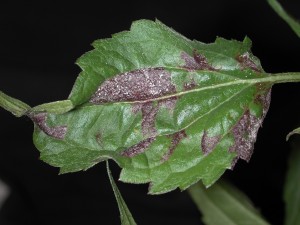
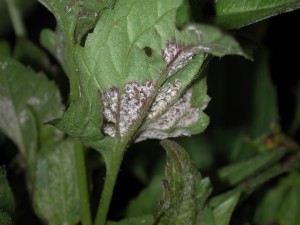
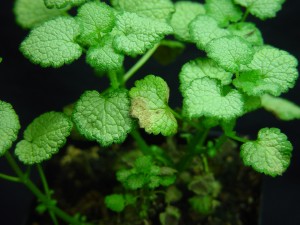
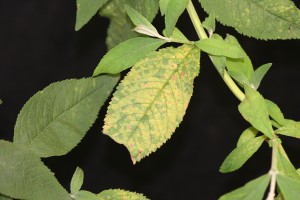
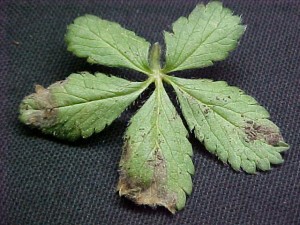
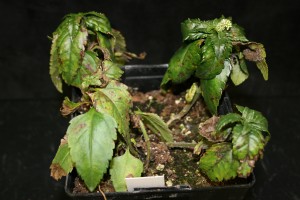



 Print
Print Email
Email




